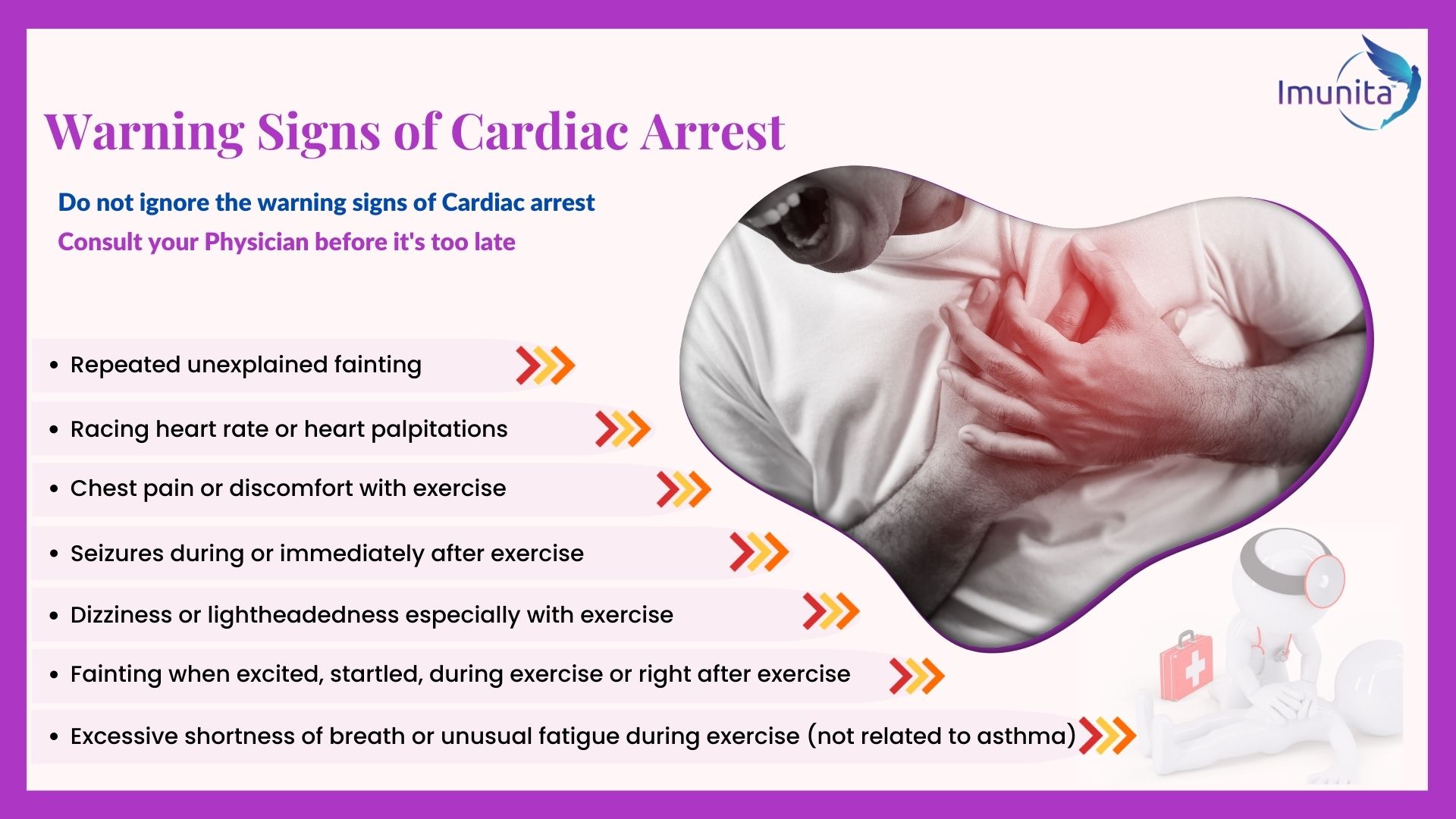In the last two articles covering COVID -19 pandemic and emergency preparedness, we have witnessed the shortcomings in the healthcare systems. In this article, we will cover the challenges posed by COVID 19 to the administration of the hospitals in the public and private sector domain.
The hospitals are facing major issues or challenges while treating the patients without spreading the infection. As we know that COVID 19 is a communicable disease and it is observed that many healthcare personnel have fallen prey to COVID 19 infection which has created fear and anxiety among the healthcare workers. Amidst this scenario, it becomes a huge challenge for the administration to maintain adequate human resources in the hospital to provide care to the patient and helping workers to maintain work-life balance without burdening them.
The hospital administration manages various divisions such as operations, planning, logistics, and finance. Co-ordination among these sections assists in the proper functioning of the hospital. In case of emergency conditions, the administration must be prepared to handle the situations in an intricate way. In general, the hospital staff is aware of the single emergency scenarios and is well equipped to cope with the situation but they are incapable to handle the dual crises. The incapability is because the hospital administration has never foreseen such events and authorities plunge in only when the disaster strikes. Preventive measures are not adopted instead the focus is to mitigate once the disaster strikes which causes severe loss of life and property.
One of the main challenges for the administration is to maintain a safe and secure environment for the patients and the healthcare workers in the COVID 19 hospitals. The administration is struggling to provide a safe environment for the healthcare workers in this fight with COVID 19 infection. The hospitals are focusing on the use of PPE to control the infection, but certain basic factors like BMW management, disinfection, and sterilization are overlooked which causes the spread of infection. Training healthcare workers is a huge challenge faced by the administration in the light of COVID- 19. It is observed that many healthcare workers are facing problems in basic procedures like donning and doffing of PPE’s.
The administration will pose a problem while performing triage operations when a dual disaster strikes. Contingency plans for patient transport and other required necessities are needed for prompt action in case of emergency in COVID-19 hospitals. The hospital staff must have a due understanding of the possible crisis so that coordination between hospital staff and authorities about the requirements during rescue operations is clear and panic situations are controlled.
Most hospitals lack a definite incident management plan wherein the dual crisis scenarios are defined and the roles and responsibilities of all the staff in such situations are drafted.
In case of a dual crisis, the hospital wherein the patients are undergoing treatment must be shifted to a nearby hospital with facilities for managing the infectious disease. Contingency plan and community support services functionality are necessary for such circumstances. Estimation of the consumption capacity of various resources required to manage such a dual crisis is of utmost importance. Failing to do so would burden nearby hospitals and there lies a danger to spread the infectious disease. Such a situation may create unsafe hospitals wherein the rate of infection increases exponentially due to mismanagement by the administration.
To maintain safety in hospitals, it is essential to predict the unforeseen dual crisis events. Based on the assumptions it is essential to have a definite action plan with preparedness plan and budgetary estimations for critical situations that will not risk the lives of patients and health workers and provide a sense of security with respect to the healthcare system.


























